Executive Vice-chairman and Joint General Manager of New World Development Company, Mr. Adrian Cheng has introduced Hong Kong to a progressive new approach to artistically inspired living referred to as The Artisanal Movement.
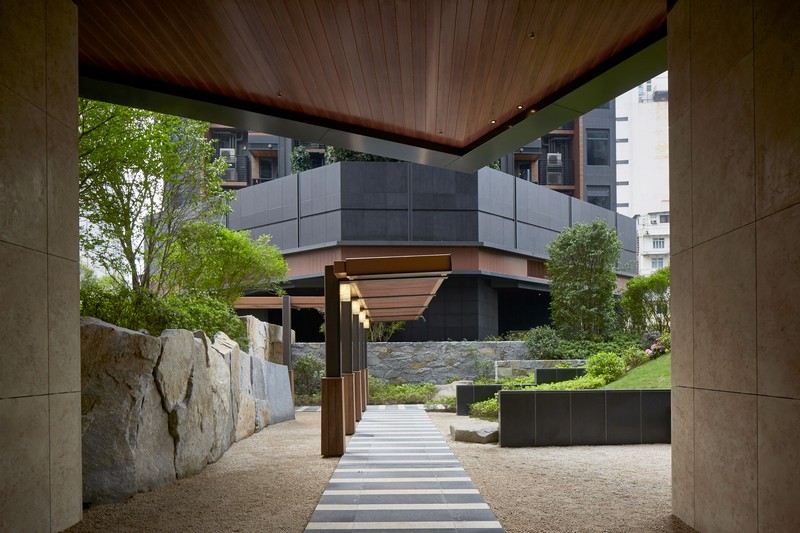
Exemplifying the new movement is The Pavilia Hill, located at 18A Tin Hau Temple Road, a new, large-scale residential recently project completed by New World. It is the first ever development in Hong Kong to embrace the Japanese Wabi-sabi design aesthetic, and the first large-scale residential project on Hong Kong Island demonstrating the spirit of The Artisanal Movement, which is “We Create, we are Artisans”.
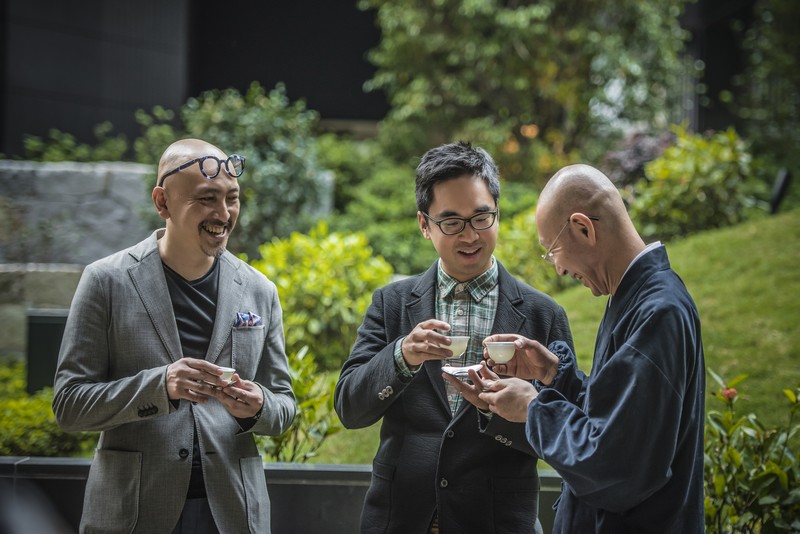
From Left to Right: Koichiro Ikebuchi, Adrian Cheng and Shunmyo Masun
Wabi-sabi has a long history in Japan and is based on the idea of finding beauty in the transience of nature. It accepts the natural cycle of birth and decay and the irregularities of impermanence and strips away excesses to reveal the simplicity and purity that lies beneath. The aesthetic is often described as the beauty of the incomplete .
Known as a cultural entrepreneur, Cheng says that the aim of this project was to offer a bespoke residence for discerning investors, crafted by the artisans that he believes can align themselves to the thoughts of The Artisanal Movement, including Masuno. Ikebuchi and Zheng Chongbin.
“The idea was to fashion an environment into a refuge, one that expands one’s imagination, conjuring the greatest sense of focus, calm and clarity amidst a sea of worries – a home in the heart of the city that is decidedly more than a home,” 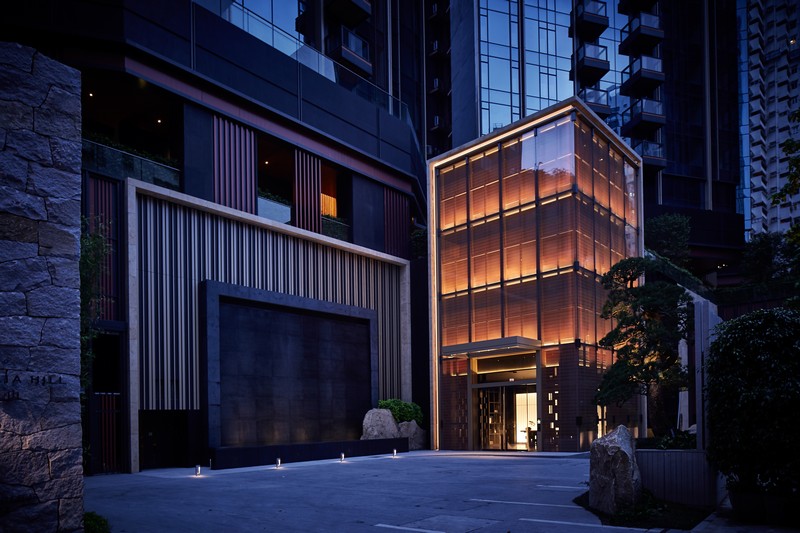 stated Cheng. “That’s why we have put a lot of effort in curating a Zen landscape garden with five unique stone sculptures – Mountain, Water, Existence, Purity and Sound – handpicked from Mt. Gokenzan in Kagawa Prefecture, Japan. A Pavilion stands serenely on a lush hillside. A Villa sits grandly amidst a paradise of green. As the project’s chief planner, I named the project The Pavillia Hill: The Pavilion-like Villa on the Hill.”
stated Cheng. “That’s why we have put a lot of effort in curating a Zen landscape garden with five unique stone sculptures – Mountain, Water, Existence, Purity and Sound – handpicked from Mt. Gokenzan in Kagawa Prefecture, Japan. A Pavilion stands serenely on a lush hillside. A Villa sits grandly amidst a paradise of green. As the project’s chief planner, I named the project The Pavillia Hill: The Pavilion-like Villa on the Hill.”
Cheng joined forces with two internationally renowned designers, Shunmyo Masuno and Koichiro Ikebuchi, to curate this serene ‘pavilia-on-the-hill’, situated beside the city and yet surrounded by nature. The architect in charge of the landscape design, Shunmyo Masuno, is not only a leading designer, but is also the 18th generation Head Priest of Kenkohji Temple and a Professor at the Tama Art University in Japan. In 1982, he established Japan Landscape Consultants Ltd. Within a few decades his work was world renowned and had been recognised with numerous design awards in North America, Europe and Asia.
Focus on Craftsmanship
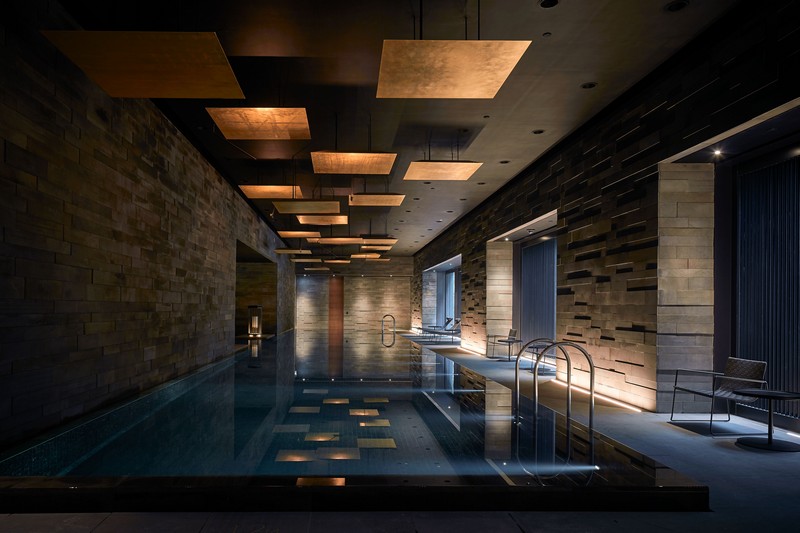
Masuno-san says that The Artisanal Movement aims to redefine modern living and architecture by expanding one’s imagination and elevating bespoke craftsmanship manifested by originality.
“I believe that this is a very unique customer experience that we would like to offer. We’ve got the ambition not only to deliver an aesthetically appealing product but more importantly, charming the neighbourhood and enriching the local community with new cultural perspectives and enlightenments.”
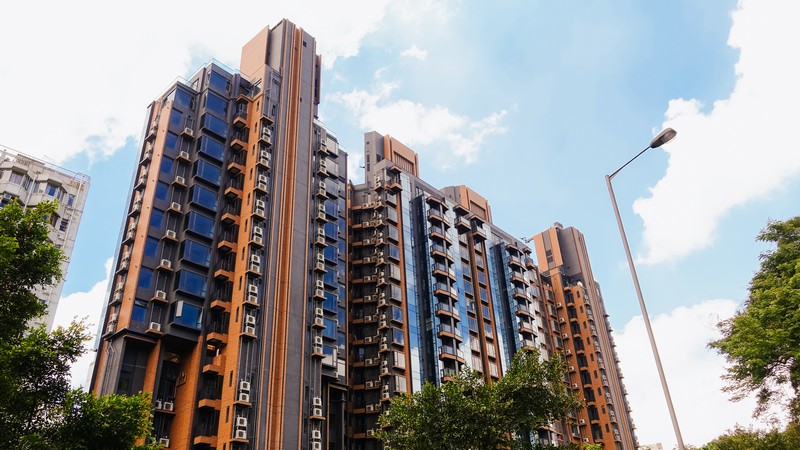
Koichiro Ikebuchi was responsible for the clubhouse design. Originally from Japan and now resident in Singapore, Ikebuchi-san has also received numerous awards for his work in Asia, the Middle East and Australia. He has created many resort hotels, luxury homes, penthouses and even offices, all reflecting his ingenious designs. Famed for his utilisation of natural elements, the clubhouse uses a lot of natural materials and has intentionally preserved the original texture of the materials and removed all unnecessary embellishments to emphasise the beauty and simplicity of every natural detail.
The indoor swimming pzzvool of The Pavilia Hill is not located on the podium level, but on the third floor of the clubhouse instead. This is to create the sense of intimacy that is common in Japanese Onsen hotels. Users can also appreciate the panoramic sweep of greenery soaring up the hill. Golden leaves decorate the ceiling of the pool area which opens out to the hill, while light floods in through the window to glisten on the water, eliciting a sense of deep calm and r elaxation.
Cheng says that Wabi-sabi is often described as the beauty of the incomplete. “The idea of finding beauty in the transience of nature helps us to achieve a sense of serene and spiritual longing. Through learning the Wabi-sabi, we will acknowledge three realities: nothing lasts, nothing is finished and nothing is perfect. It is not just an aesthetic concept; it is also a very wise way to appreciate the world.”












